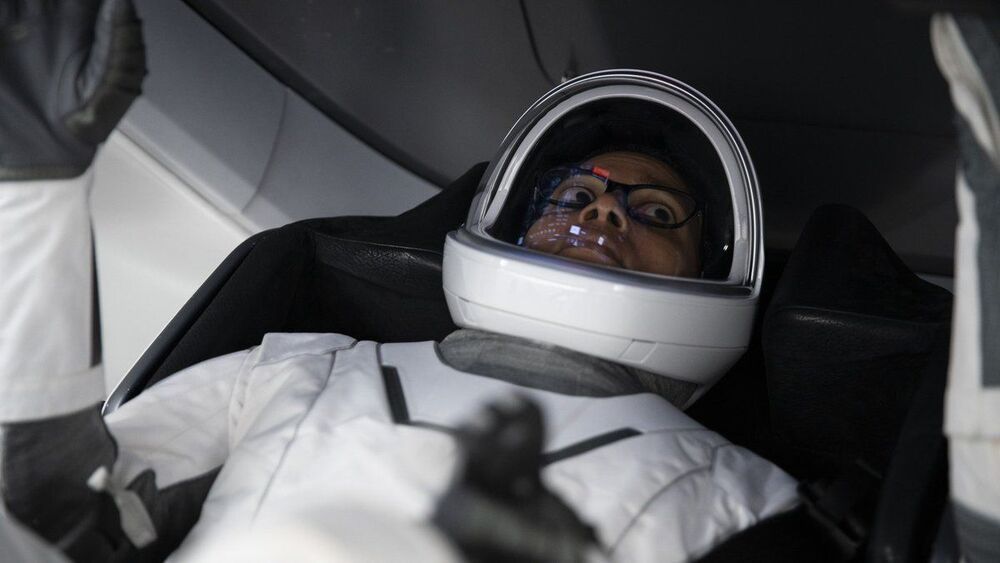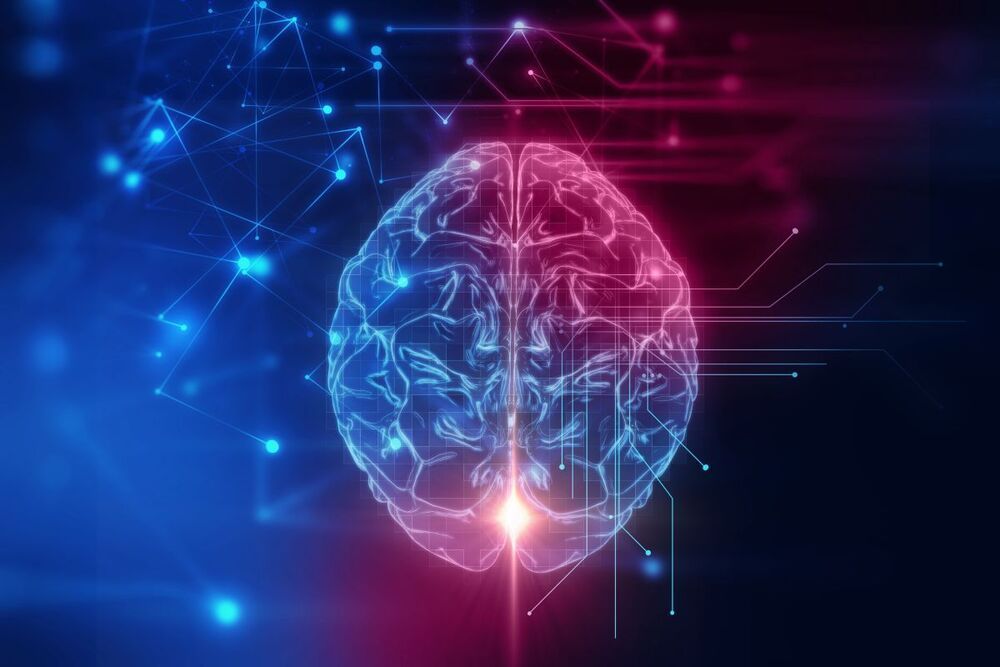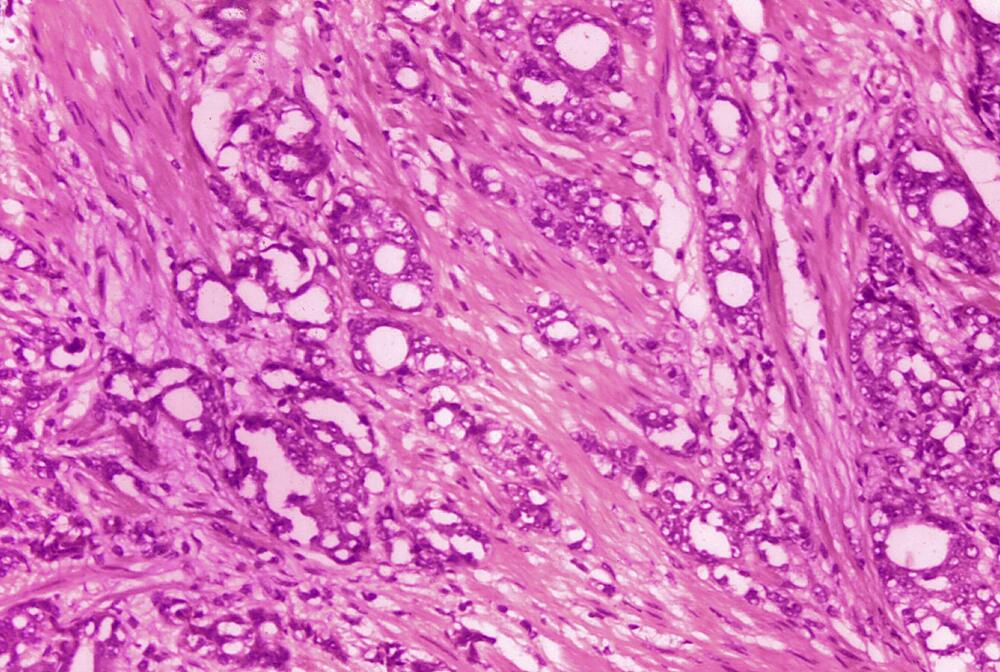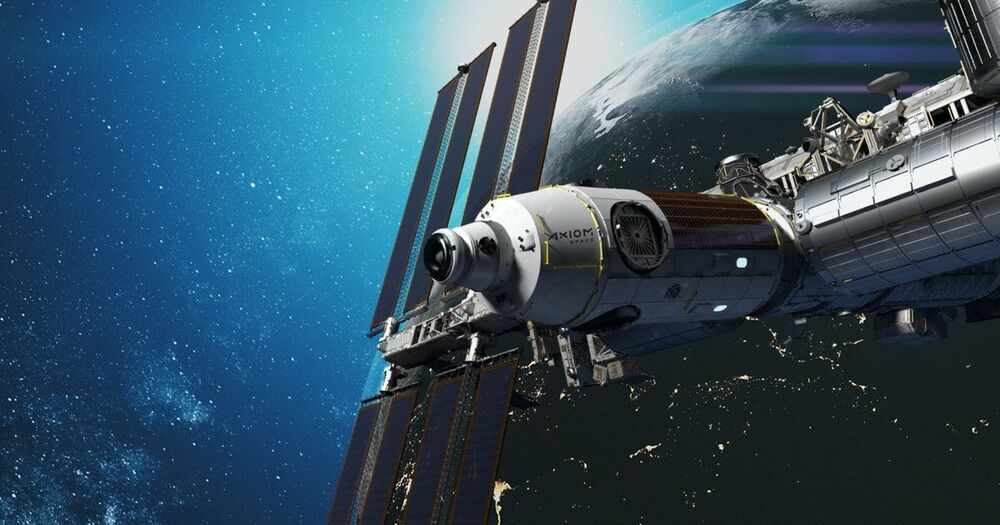Article I just wrote about how going to Mars is actually good for protecting life on Earth, too.
People often lump going to Mars or the Moon into a this/that fight when it comes to bettering the life of the Earth and its inhabitants. But, it’s not that simple.
The technology we master in the pursuit of space colonization (starti n g at the Moon and Mars / space stations) will serve to advance that on Earth. The things we learn will help provide a guide for what to do on this future planet, and not just life beyond it. Sure, in-situ resource utilization/production will generate rocket fuel on extraterrestrial bodies. But, things like the NASA Kilopower nuclear reactor can lay the groundwork for alternative energies deployed on Earth at scale. I imagine thorium reactors will follow suit while we still try to deploy fusion at a consumer scale and not just a research basis.
That’s just energy. Now picture 3D printing habitat development and how that can impact production of low-cost housing on Earth and construction projects that can have shapes previously thought impossible or too-high a cost that are more efficient and allow for artists to sculpt new buildings like a sculpture rather than a boring block.







